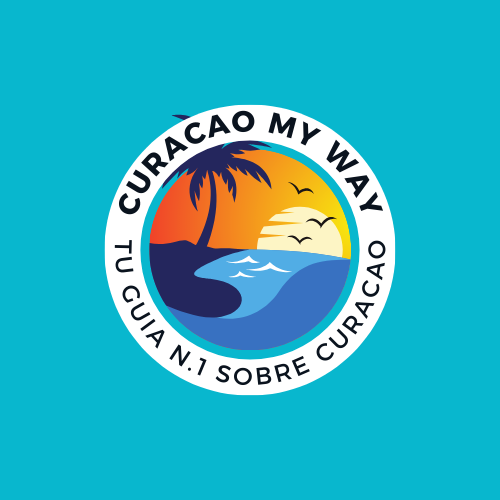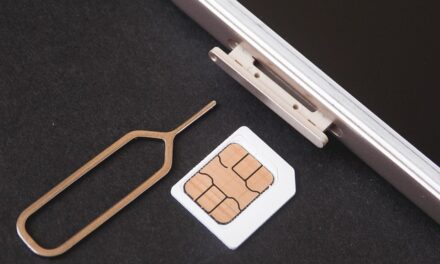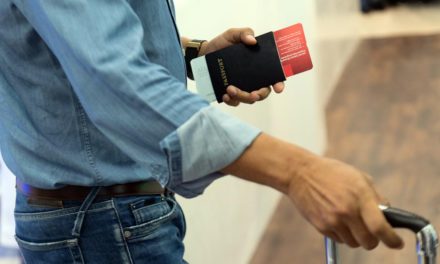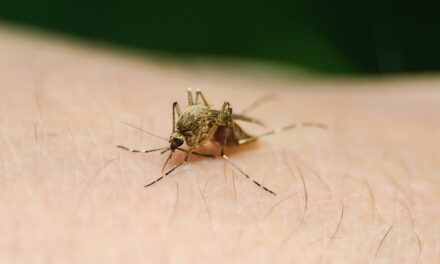Curacao’s new currency: The Caribbean guilder
On October 10, 2010, Curaçao and Sint Maarten became autonomous countries within the Kingdom of the Netherlands and formed a monetary union with a shared central bank and a new currency.
In the “Regeling Gemeenschappelijk Geldstelsel Curaçao en Sint Maarten” which regulates the currency of the monetary union of Curaçao and Sint Maarten, it is stipulated that the Caribbean guilder will replace the Dutch Antillean guilder (NAf.).
frequently asked questions about the new currency of curacao
The following questions have been compiled and answered by the Central Bank of Curacao and Sint Maarten. For more information, you can visit the official website: https://www.caribbean-guilder.com/
What is the reason for the introduction of the Caribbean guilder?
On October 10, 2010, Curaçao and Sint Maarten became autonomous countries within the Kingdom of the Netherlands and formed a monetary union with a shared central bank and a new currency. In the “Regeling Gemeenschappelijk Geldstelsel Curaçao en Sint Maarten” regulating the currency of the monetary union of Curaçao and Sint Maarten, it is stipulated that the Caribbean guilder will replace the Netherlands Antillean guilder (NAf.).
When will the Caribbean guilder be officially introduced?
The Caribbean guilder will enter into circulation on March 31, 2025.
What will be the exchange rate of the Caribbean guilder against the U.S. dollar?
Like the Antillean guilder, the Caribbean guilder will be legally pegged to the U.S. dollar at an exchange rate of US$1 = 1.79.
What is the exchange rate between the Antillean guilder and the Caribbean guilder?
The exchange rate between the Netherlands Antillean guilder and the Caribbean guilder is 1:1. The Antillean guilder and the Caribbean guilder have the same value.
For how long will the Dutch Antillean guilder and the Caribbean guilder circulate at the same time?
The two coins will circulate at the same time for 3 months starting March 31, 2025.
How long after the introduction of the Caribbean guilder can the Dutch Antillean guilder still be used for payments?
Cash payments in Dutch Antillean guilder will be accepted until 3 months after the introduction of the Caribbean guilder on March 31, 2025. This means that you will be able to make cash payments in Dutch guilder until June 30, 2025. You will receive your change (mainly) in Caribbean guilders.
Where can I exchange my West Indian guilder for Caribbean guilder and for how long?
The exchange can be made at commercial banks where you have an account, up to 12 months after the introduction of the Caribbean guilder. This means that March 31, 2026 will be the last day to exchange ANG at commercial banks. However, after those 12 months have elapsed, you will still be able to exchange ANG at the CBCS for 29 years, until March 31, 2055.
What will be the denominations of the Caribbean guilder?
Caribbean guilder coins will be issued in the following denominations: 5 guilders, 1 guilder, 50 cents, 25 cents, 10 cents, 5 cents and 1 cent. As for the banknotes, the denominations will be 200 guilders, 100 guilders, 50 guilders, 20 guilders and 10 guilders.
The 250 Caribbean guilder bill will be replaced by the 200 Caribbean guilder note and the 25 Caribbean guilder note will be replaced by the 20 Caribbean guilder note. The new banknote denominations are more in line with the general practices of international payment systems, as in the case of the euro and the U.S. dollar.
How will the visually impaired be able to recognize the different denominations of XCG banknotes?
Caribbean guilder banknotes have a number of features that help blind or visually impaired people to recognize the different denominations of banknotes.
Accessibility features you can find in our tickets include:
Tactile marks. There are raised lines on the left and right edges of the obverse of the banknotes. You can distinguish the denomination by the number of lines.
Large numbers. The designs feature large numerals to clearly show the denomination. The large numbers are embossed in ink to easily identify the value of the banknotes.
Bright colors. Each banknote has a dominant color.
What will be the monetary symbol of the Caribbean guilder?
The currency symbol for the Caribbean guilder will be Cg. In the case of the Dutch Antillean guilder, we use NAf as the monetary symbol.
However, the official currency code in the payment system will be XCG. The reason is that the official ISO currency code of more than one country (as is the case for the countries of Curaçao and Sint Maarten) always starts with “X”. The official Antillean guilder code is ANG.
What will the new Caribbean guilder bills be made of?
The banknotes, like those of the Netherlands Antilles, will be made of cotton. However, this will be of better quality and more durable. Thus, the Caribbean guilder banknotes will last longer and fewer banknotes will have to be produced. With less production and fewer banknotes destroyed, sustainable banknotes will contribute to a cleaner environment.
Why the name “Caribbean” guilder?
The name “Caribbean guilder” is stipulated in the “Regeling Gemeenschappelijk Geldstelsel Curaçao en Sint Maarten”. Initially, the name “Caribbean Dutch guilder” was agreed upon. However, since the Dutch Caribbean geographically includes the BES islands and Aruba, the name “Caribbean guilder” was chosen for this regulation.
What are the advantages of the Caribbean guilder?
One of the advantages of the new Caribbean guilder is that the banknotes and coins, given their sophisticated design and high quality modern security features, will be protected against counterfeiting, which limits the likelihood of fraud or loss when using cash.
Who will supply the XCG?
Coins will be minted and supplied by the Royal Canadian Mint, while banknotes will be printed and supplied by Crane Currency.
Who owns the copyrights to the designs of the coins and banknotes?
The Centrale Bank van Curaçao in Sint Maarten is the copyright holder. For conditions of reproduction of the banknotes, please visit the CBCS website.
images of the new EN curacao banknotes
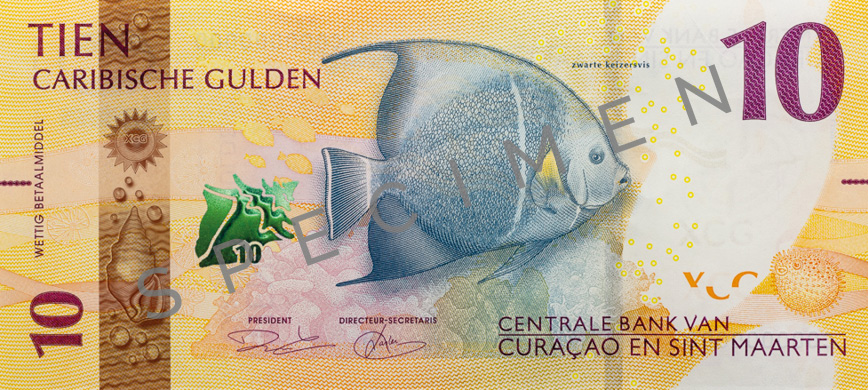
10 guilder bill
The Caribbean 10 guilder bill is predominantly yellow and features the Grey Angelshark on the obverse and the Klein Curaçao Lighthouse on the reverse.
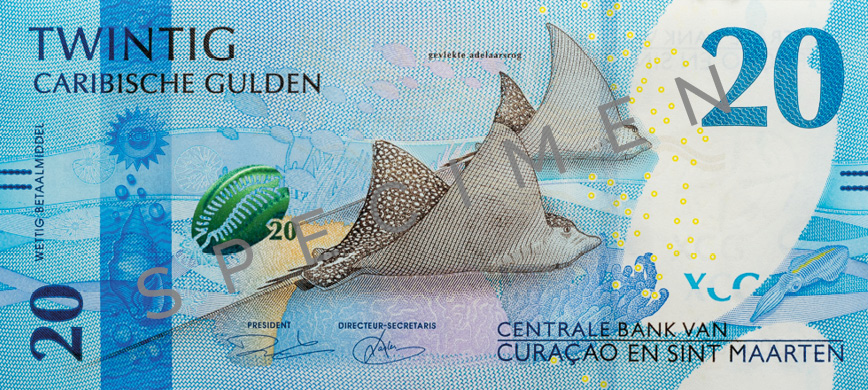
20 guilder bill
The Caribbean 20 guilder bill is predominantly blue and features the spotted eagle stripe on the obverse and Simpson’s Bay on the reverse.
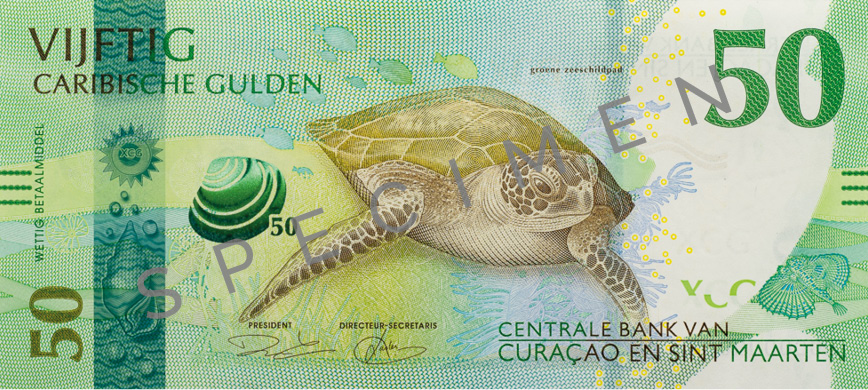
50 guilder banknote
The Caribbean 50 guilder bill is predominantly green and features the green turtle on the obverse and the Grote Knip beach on the reverse.
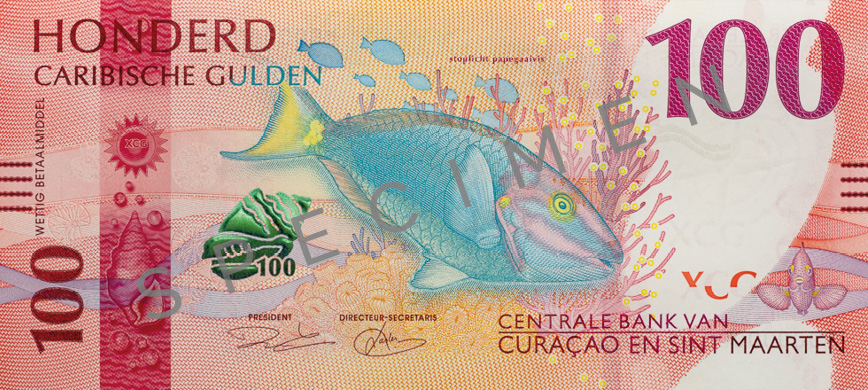
100 guilder banknote
The 100 Caribbean guilder note is predominantly red and features the Stoplight Parrotfish on the front and the Courthouse on the back.

200 guilder banknote
The 200 Caribbean guilder bill is predominantly purple and features the Longsnout seahorse on the obverse and the Queen Emma Bridge on the reverse.
images of the new coins in curacao
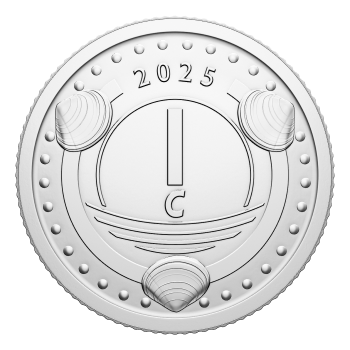
1 cent coin
The 1 cent coin shows the orange blossom on the obverse and the legend “Curaçao” or “Sint Maarten”. The reverse shows the denomination and year of issue.
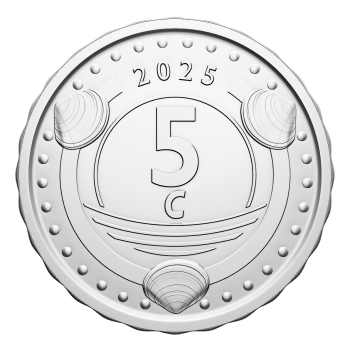
5 cent coin
The 5 cent coin shows the orange blossom on the obverse and the legend “Curaçao” or “Sint Maarten”. The reverse shows the denomination and year of issue.

10 CENT COIN
The 10 cent coin shows the orange blossom on the obverse and the legend “Curaçao” or “Sint Maarten”. The reverse shows the denomination and year of issue.
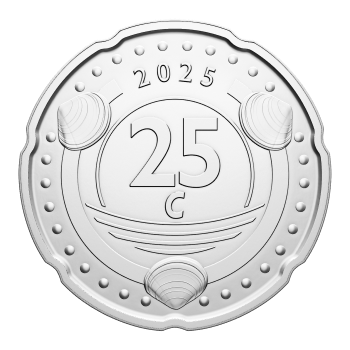
25 CENT COIN
The 25 cent coin shows the orange blossom on the obverse and the legend “Curaçao” or “Sint Maarten”. The reverse shows the denomination and year of issue.
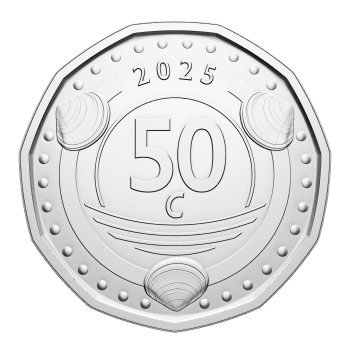
50 CENT COIN
The 50 cent coin shows the orange blossom on the obverse and the legend “Curaçao” or “Sint Maarten”. The reverse shows the denomination and year of issue.
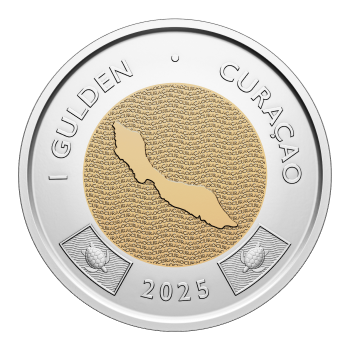
1 FLORIN COIN
The 1 guilder coins show the effigy of King Willem-Alexander. The Curaçao 1 guilder coin shows the island of Curaçao, while the Sint Maarten 1 guilder coin shows the national coat of arms.
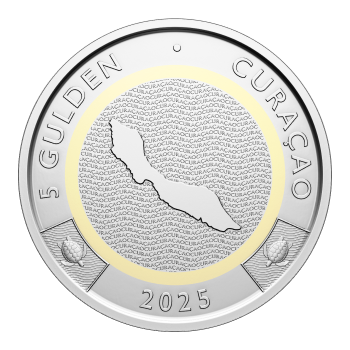
5 FLORIN COIN
The 5 guilder coins show the effigy of King Willem-Alexander. The Curaçao 5 Cg shows the island of Curaçao, while the Sint Maarten 5 Cg shows the national coat of arms.
If you want to learn more and explore the Caribbean Florin, banknotes and coins valid for the year 2025, you can download the My Caribbean Guilder app on AppStore or Google Play.
